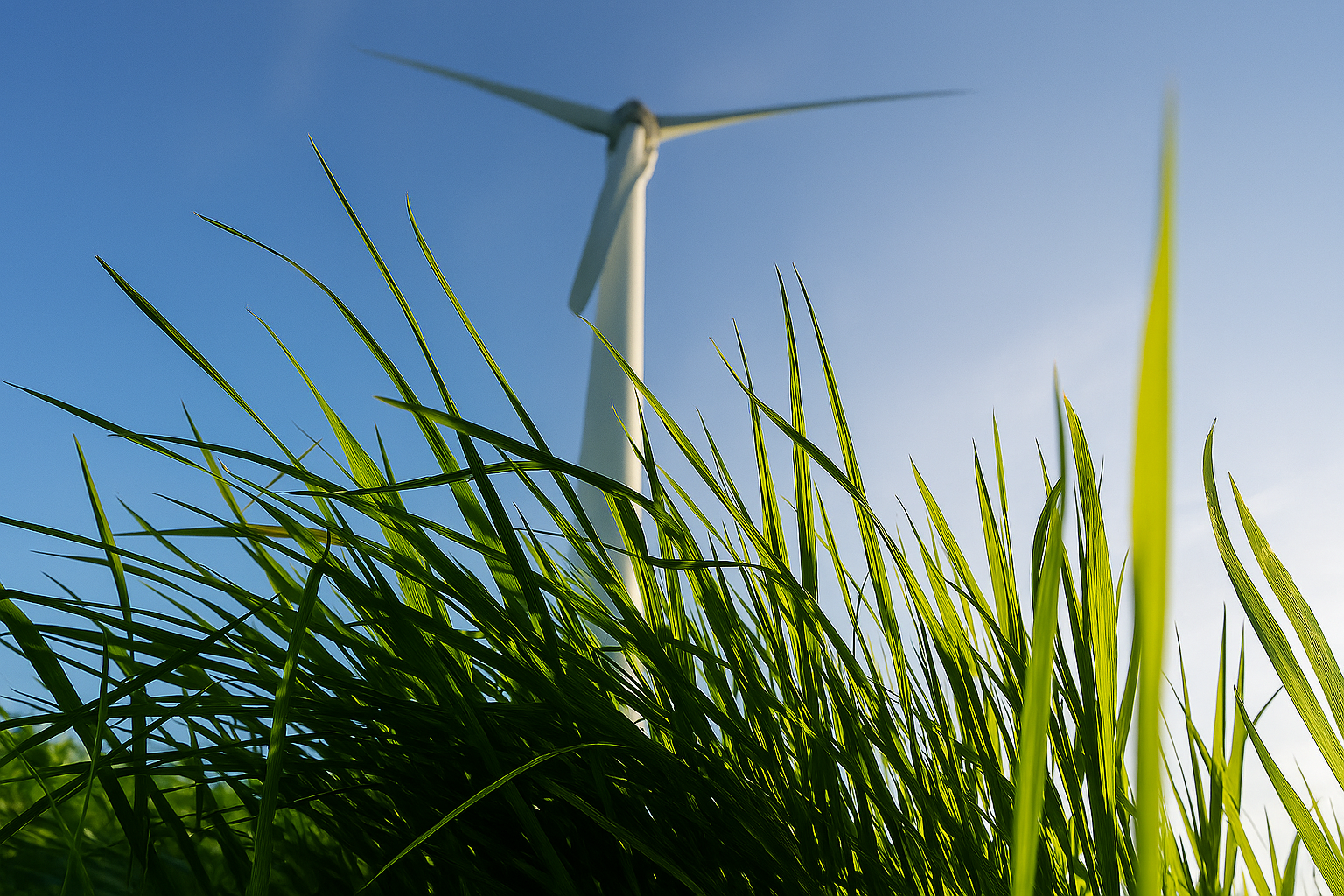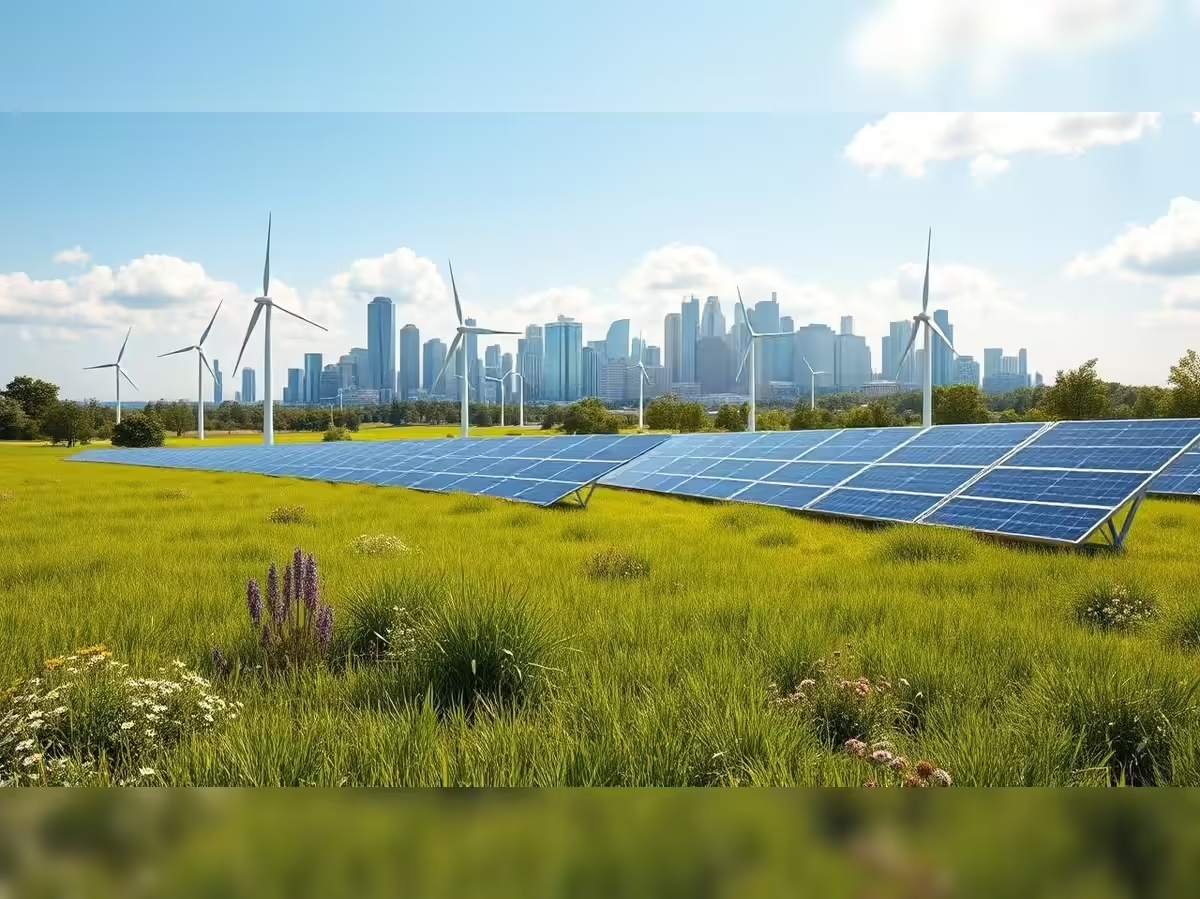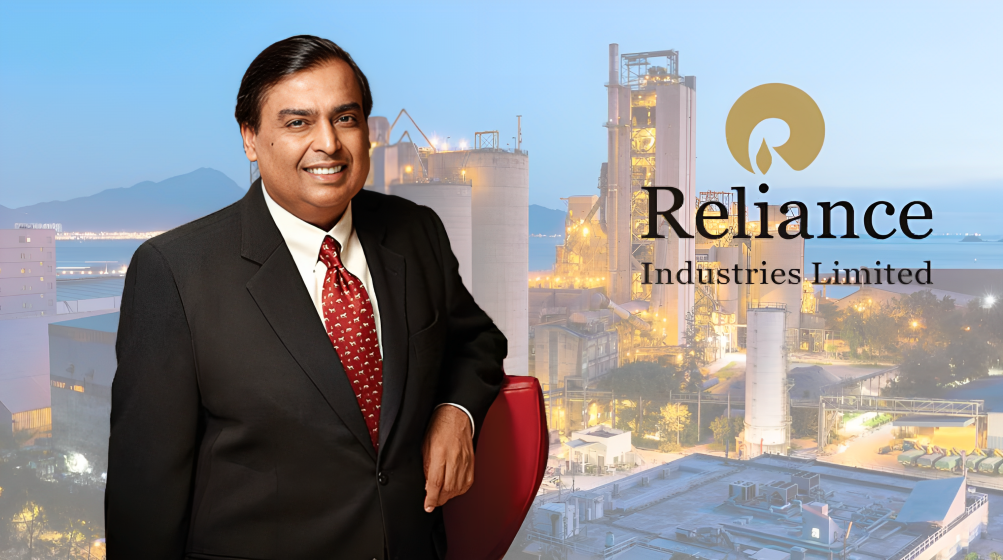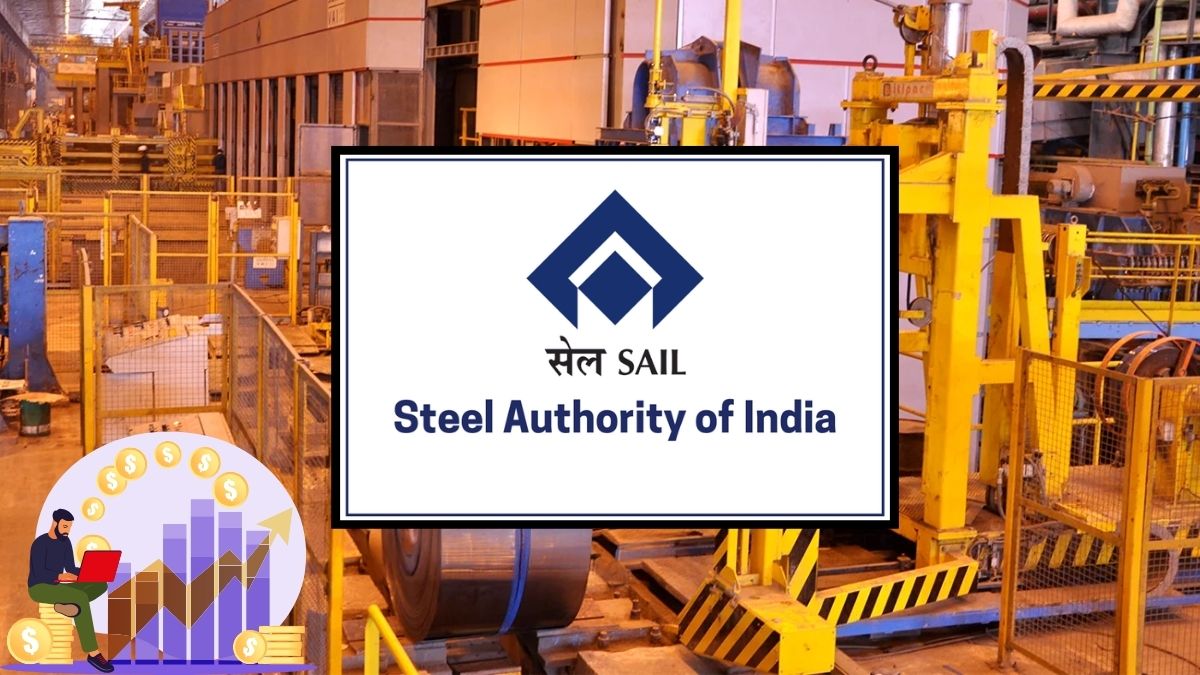India’s green energy ambitions are turning into powerful investment stories. With the government targeting five hundred gigawatts of non fossil energy capacity by the end of this decade, companies across the renewable energy value chain are riding a wave of demand. The shift is not just driven by environmental goals. Strong policy support, production linked incentives, and a growing need for energy independence have created a fertile ground for clean power companies to expand. This momentum is clearly visible on the stock market, where several newly listed green energy players have posted impressive returns. But before jumping in, it is important to unpack the growth stories, financials, and future risks.

One of the most closely watched names in this space is Waaree Energies. Known for its solar panel and module manufacturing, the company has built a large production base spread across India and parts of the United States. With solar demand increasing in both residential and utility scale segments, Waaree has seen its revenue and profit grow sharply in recent quarters. The company’s order book suggests steady income for years to come. Its expansion plans are equally ambitious. Waaree is moving into related segments such as lithium battery storage, hydrogen production, and even inverter manufacturing. These bets on energy diversification are bold, but they also require significant capital and timely execution. Investors need to consider whether the company can deliver on all fronts while maintaining profitability.
Another company making waves is Premier Energies. A pioneer in solar cell exports, Premier has become a key supplier to global markets, particularly the United States. Its recent financial performance reflects strong growth, with rising revenues and expanding margins. Premier is also aggressively expanding its production capabilities. The company’s strategy includes deeper vertical integration, new facilities for aluminum frame production, and a focus on solar inverter and battery storage solutions. Premier’s leadership in exports positions it well in the global solar supply chain, but the reliance on a few large markets also brings concentration risk. At current valuation levels, the market appears optimistic, but the company must navigate expansion pressures carefully.
The third major player is Acme Solar. Unlike Waaree and Premier, Acme operates as a renewable energy developer rather than a manufacturer. It focuses on building and managing solar and wind farms, with growing capabilities in hybrid energy systems and energy storage. Acme’s operational capacity continues to grow, and the company is actively building new power plants while forming partnerships for storage systems and grid technology. However, this segment of the industry is more exposed to long construction timelines, regulatory approvals, and grid connection delays. While Acme’s order book is strong, delivering on these projects within budget and time remains a challenge. That said, the company’s consistent efforts to expand capacity and secure power purchase agreements show a clear long term vision.
A common thread across all three companies is their relatively short listing history. This makes it difficult to evaluate long term consistency, especially in the face of global policy shifts or technology disruptions. Their current valuations are high when measured by traditional metrics such as price to earnings ratios. This reflects strong investor confidence in the clean energy opportunity, but it also means the margin for error is limited. Any delays in project execution, policy reversals, or cost overruns could impact stock prices significantly.

On the positive side, India’s policy environment remains highly supportive. The government has launched schemes like PM Suryaghar and the Kusum Yojana to expand solar access across rural and urban areas. Demand for clean energy from households, industries, and state utilities is only set to rise. This growth is not just domestic. The global search for alternative supply chains away from traditional producers like China gives Indian companies a chance to increase their exports and global partnerships.
For retail investors, the clean energy sector offers an exciting story of innovation and transformation. These companies are reshaping India’s energy landscape and creating new industrial ecosystems around solar and battery technology. However, one must remember that growth does not come without risk. A well informed approach, backed by a thorough understanding of business models and financials, is essential. While early investors may benefit from the momentum, newer entrants should assess the sustainability of this growth and the challenges that may lie ahead.
Follow You Finance on Instagram and Facebook for more insights into clean energy, stock market trends, and smart investing tips that help you stay ahead in today’s dynamic financial landscape.














